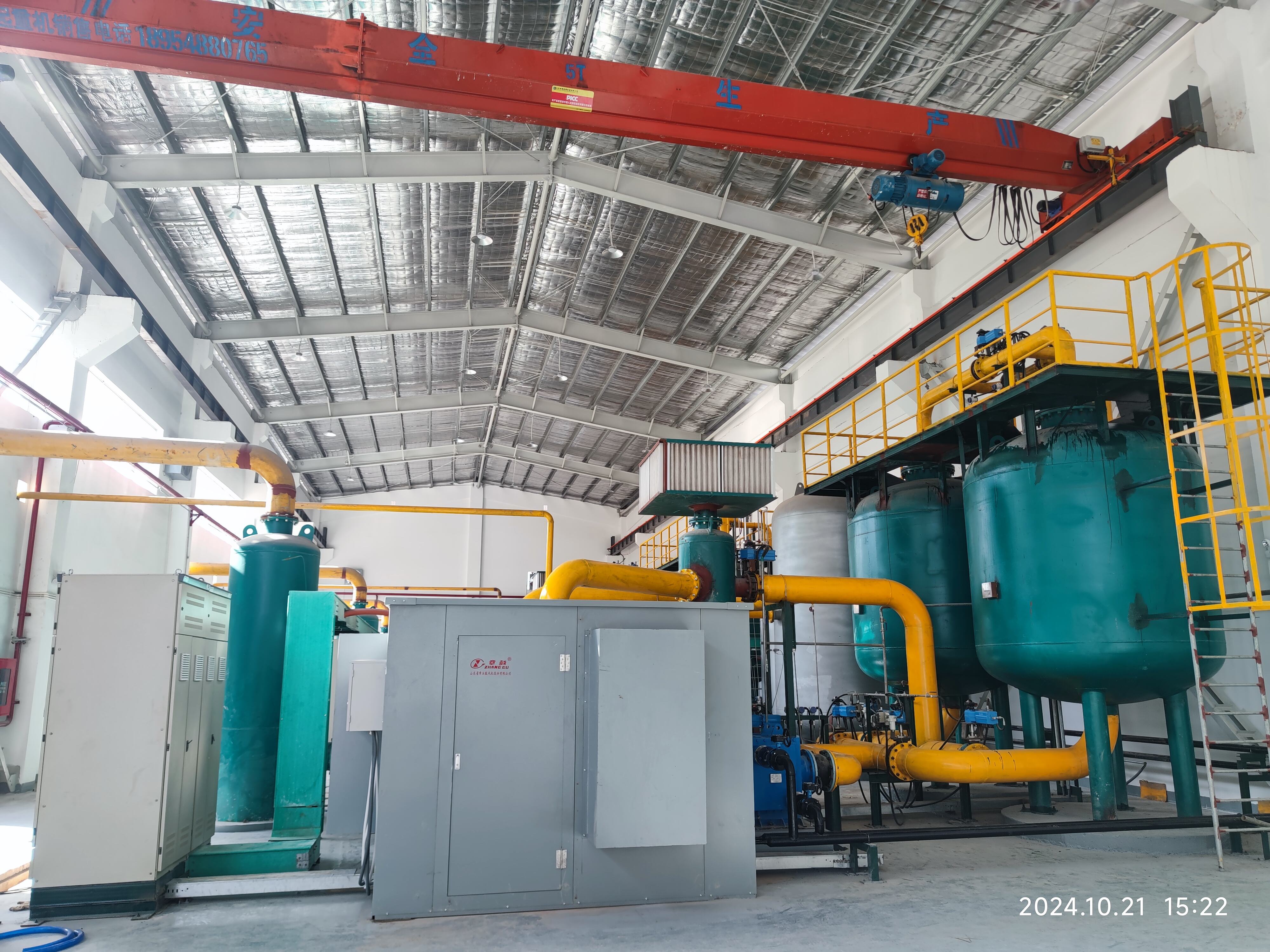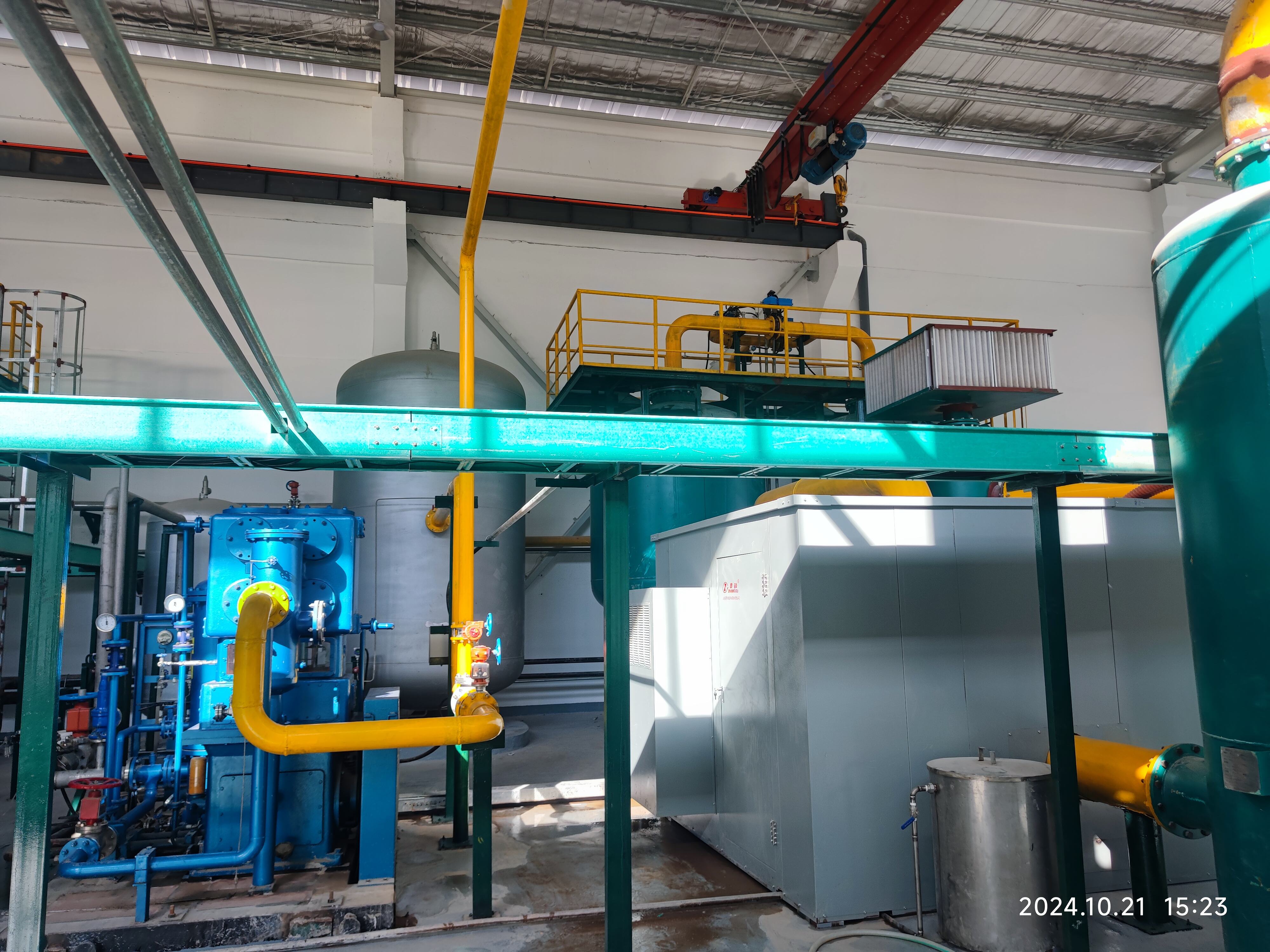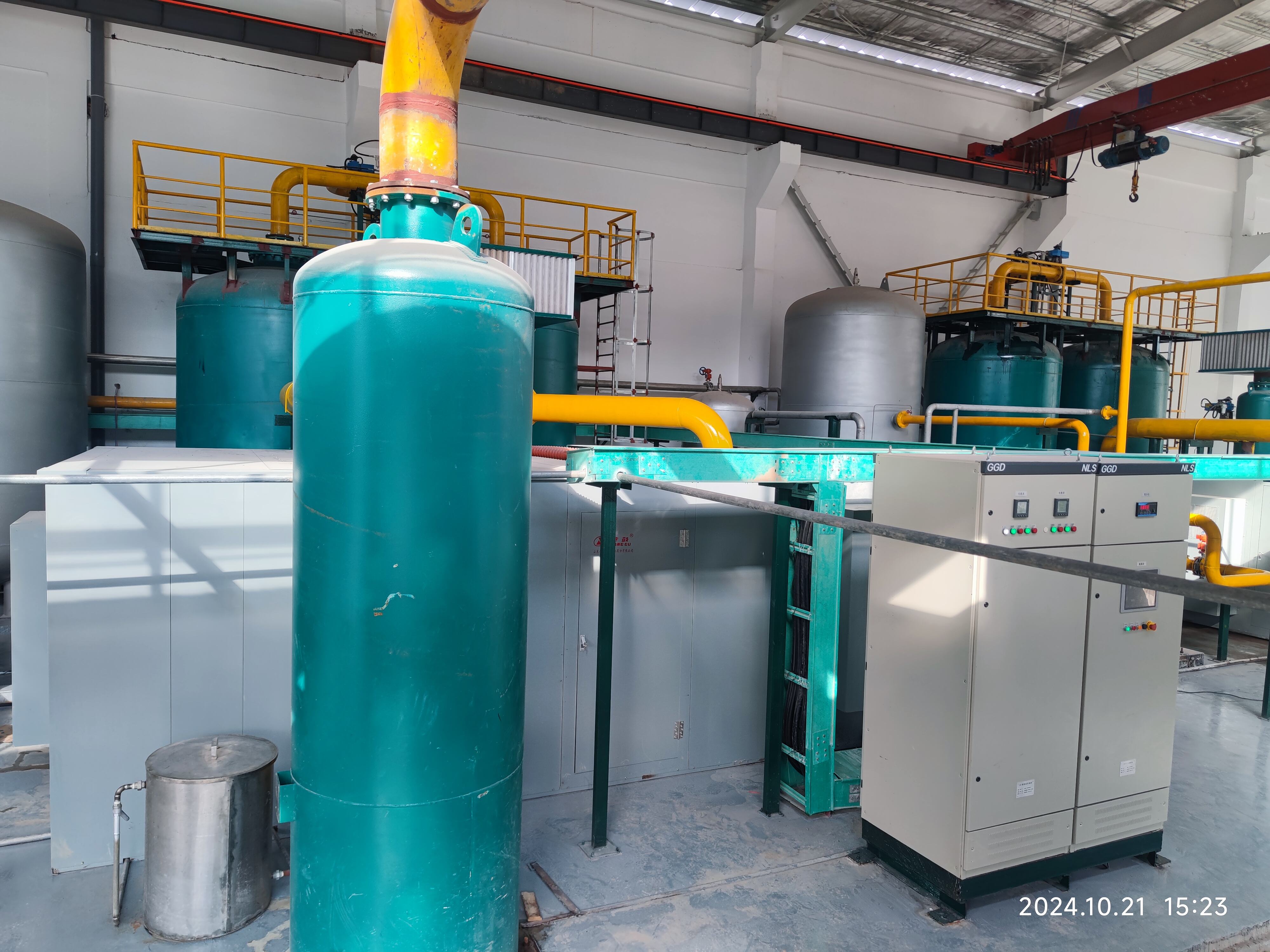وپسا ہوا جدایی یونٹس
VPSA (Vacuum Pressure Swing Adsorption) ہوا جدایي وحدتوں کي طرفان تکنيڪي طور تي آگے چلڻي ٿيئي گاس جدائي فرائض مان، خاص طور تي سپشل اكسجين ۽ نائتروجن پروڊکشن لاءِ ڊيزائن ڪيو ويو آهي. هتي وحدتوں کي کاروائي ڪرڻي آهي تي متخصص مولیڪيولر سيوي مواد جي استعمال سان ڪري، جيڪي جوڙي ھوا ۾ن اندر نائتروجن کي چونڊي ڪري، اکسجین کي پروڊکٽ طور تي چھوڻي ڏيندي آهي. فرائسي ٻه اصلي فزون ۾ي آهي: پريشرائزيشن، جتي ضغط ۾ن ھوا ٽي بيڊس ۾ن گذاري ڪري، ۽ وڪيوم ڊيسورپشن، جتي پڪي نائتروجن کي ريليز ڪري. VPSA تکنيڪ کلاسڪ کريوجينڪ سسٽم ۾ن لاءِ بڻومي فرق ڏيڻي آهي، خاص طور تي صغير تي ميڊيوم سڪيل اپليڪيشنز لاءِ. نياڻي درجه ۾ن پاس ڪاروائي ڪري ويندو آهن، هتي وحدتوں کي مينيمل انيرجي ان پٽ چاهيئي آهي چونڊي گاس پروڊيو ٿي. مڊيولر ڊيزائن کي سهل تنصيب ۽ کاروائي سان ڀيرو آهي، جيڪو انڊسٽريز ۾ن مختلف حوالوں لاءِ مثال طور تي هيلتھڪير فاسيٽيز، واٽر ڊسپوزل پلانز، ۽ مینيٽوريٰگ پروسسز لاءِ مثال آهي. اٽومٽك کنٽرول سسٽمز ۽ پيشرفت ٿيو ٽيڪنالوژي سان VPSA وحدتوں کي سڌي کاروائي ڦيڻي ڏيندي آهي جيڪي کمي ٽيڪنولوجي انٽرفن چاهيئي. تکنيڪ کي کارائي کي خاص طور تي رپيد سائڪلنگ کيپابليٽي سان ظاهر ڪري، جيڪو پيوستي گاس پروڊکشن ڏيڻي آهي مينيمل پاور کانزمرشن سان.


